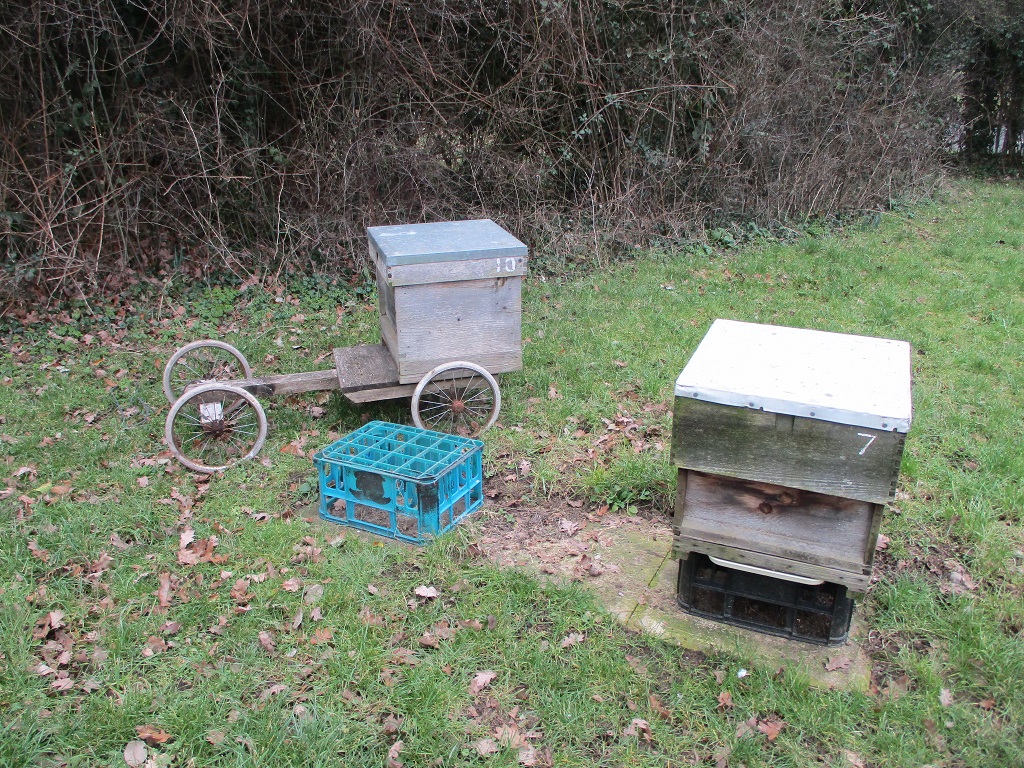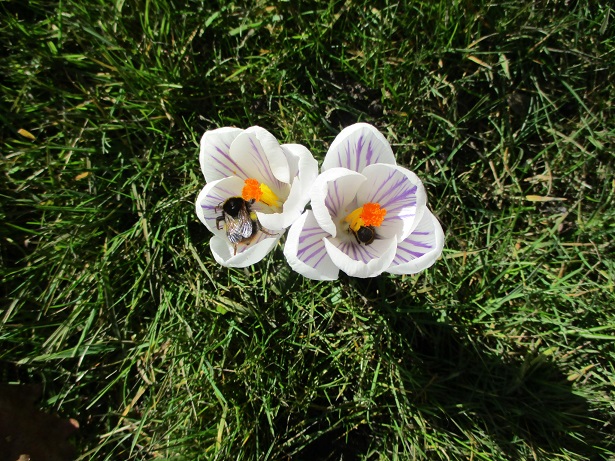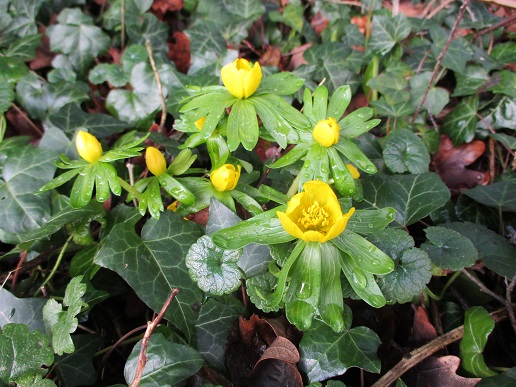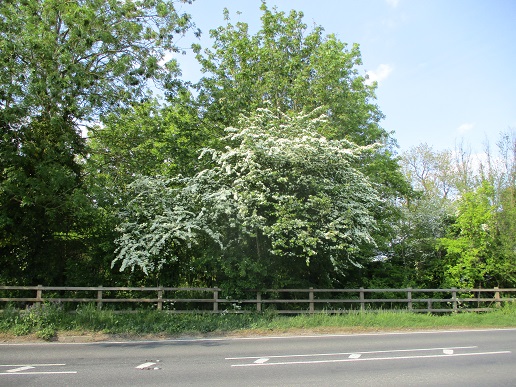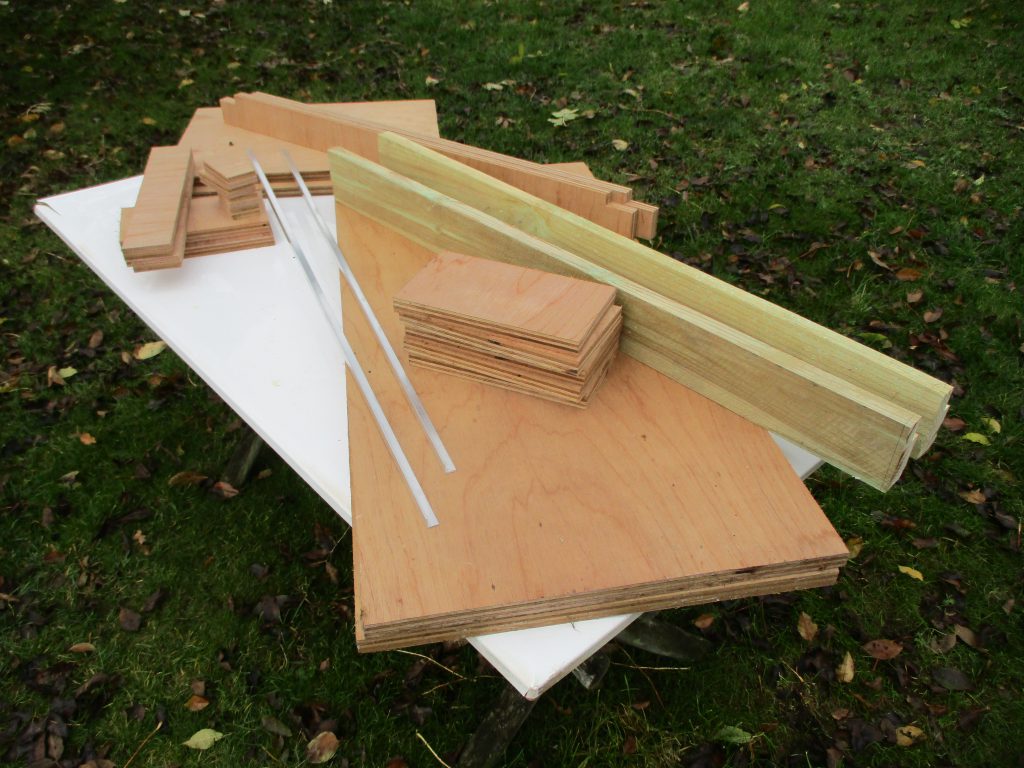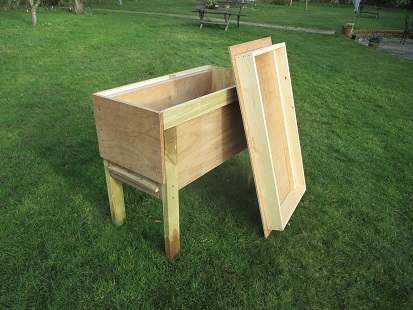Most people only think of garden flowers or fields of rape as honey and pollen yielders but many trees have hidden talents.
Whilst we are familiar with stone-fruit and pip-fruit blossom the other forest trees have more unseen flowers. Chestnut and hawthorn are two glorious show-offs but have you ever noticed the beautiful racemes of the sycamore? What about the flower-heads of field maple or ivy? If you do an internet search for these two you’ll get all sorts of sites as suggestions which will tell you the height, the spread, the leaf shape, leaf colour and so on, but the poor flower doesn’t get a mention.
The bees know them though and the sycamore and field-maple are worked so avidly that it can tempt them away from the oil seed rape. In fact 10% of my clear spring honey in 2020 was from the field-maple. Maple is a lovely sweet honey but sycamore has a strong nutty flavour which might not be to everyone’s taste, but to others it’s a distinctive difference.
By mid June 2023 I had done four extracting sessions and everything was looking very encouraging. The harvest so far was exceeding 2022. At this point it all went pear-shaped.
I thought the dearth of the June gap was not going to occur as field-bean continued flowering. However by the middle of the month there was no nectar coming in. What they had collected was ripened and capped and supers only half full were abandoned in favour of just collecting pollen. Cold late-autumnal weather has brood nests visually shrinking and winter preparations underway. There is no excited chasing after a lovely summer ‘flow’ and the poor bees just seem to be passing the time of day drifting around.
Two hives taken over to Debden Green were initially given an extra two empty supers for all this lovely borage honey on the doorstep. Five days later these had to be removed because the weather was too cold for them to cope with such a large empty space to heat. The inclement weather has continued throughout the month so these two hives will probably come home having achieved nothing.

